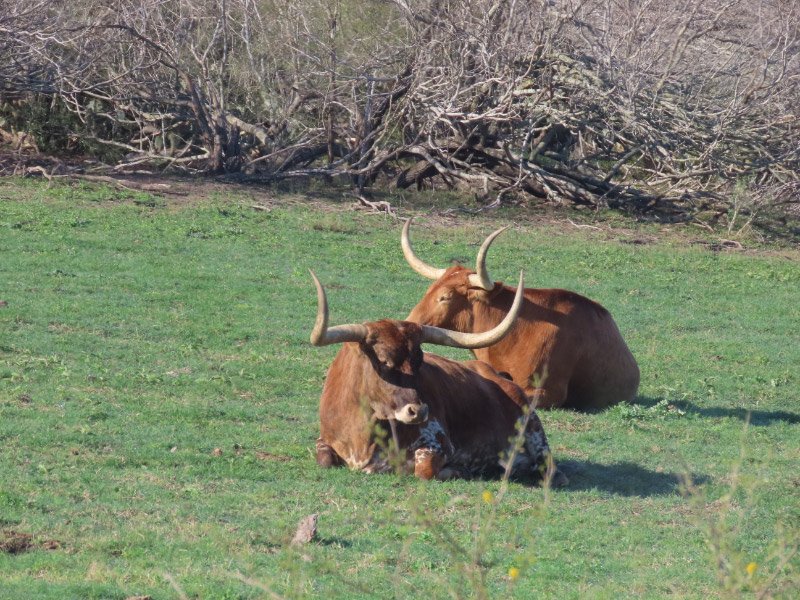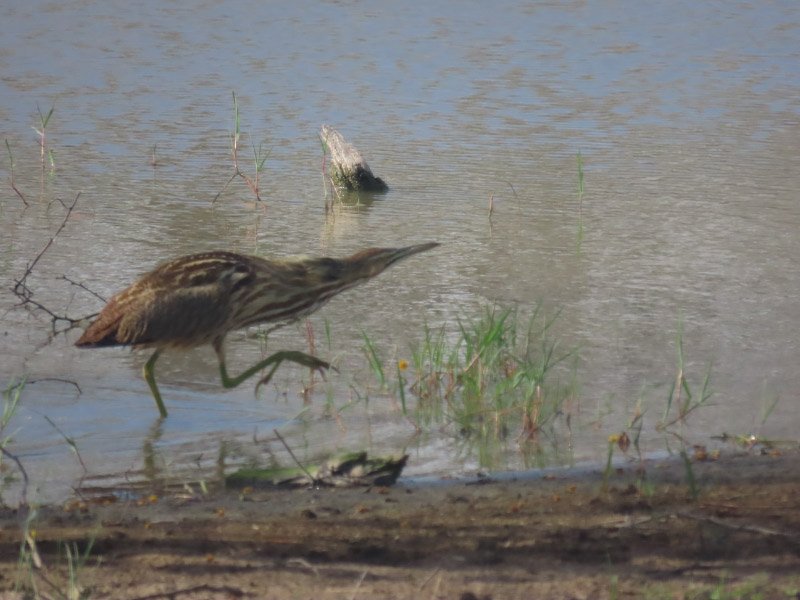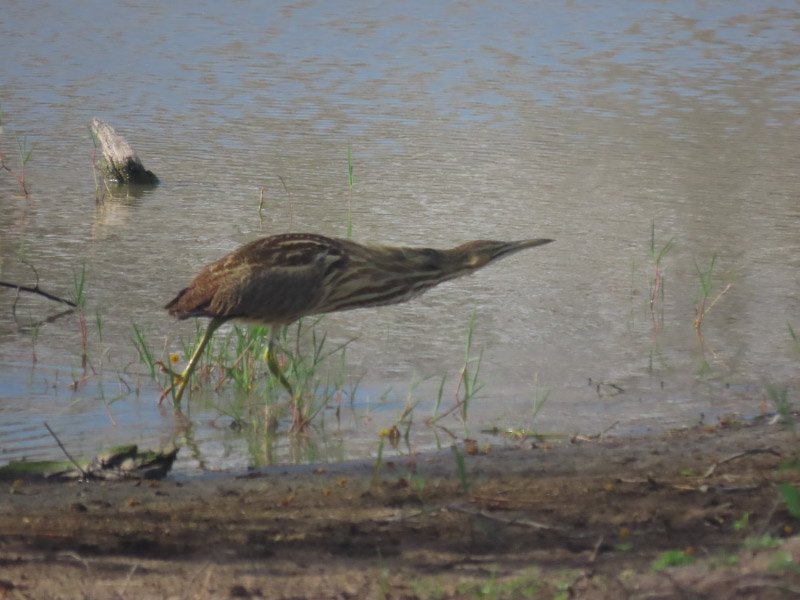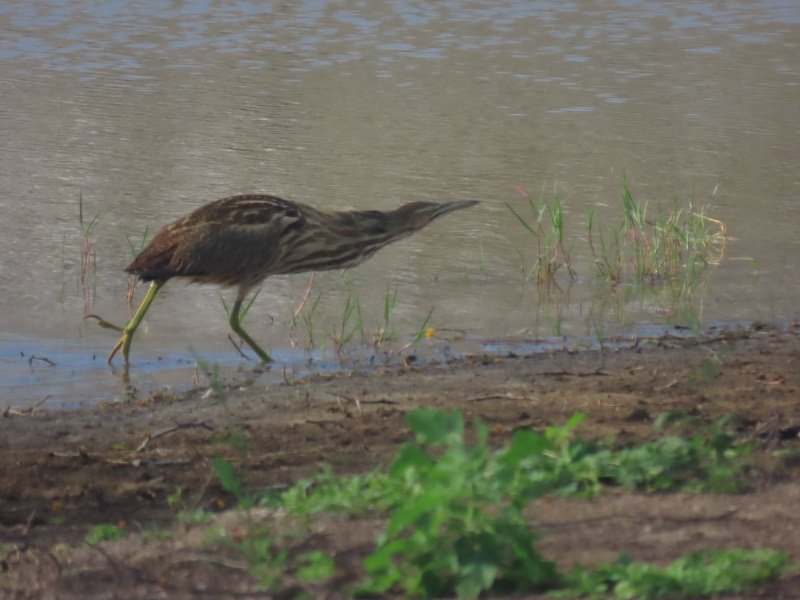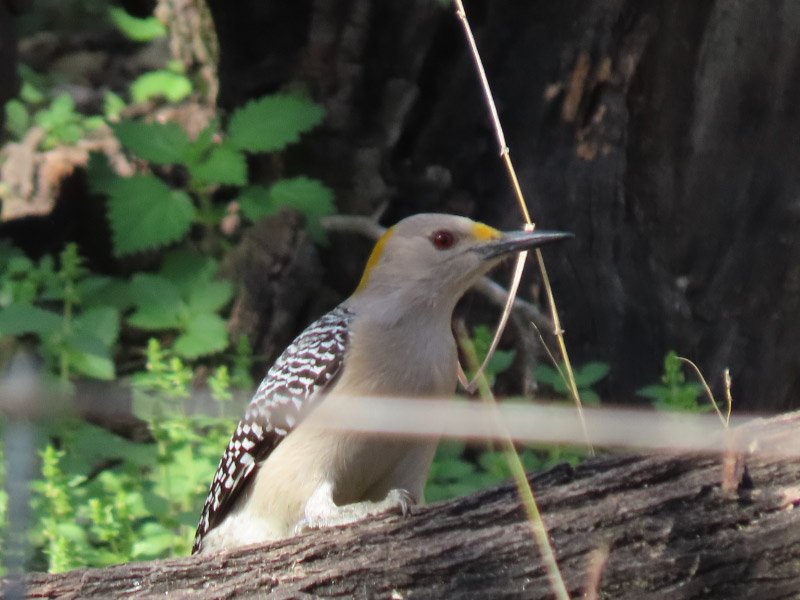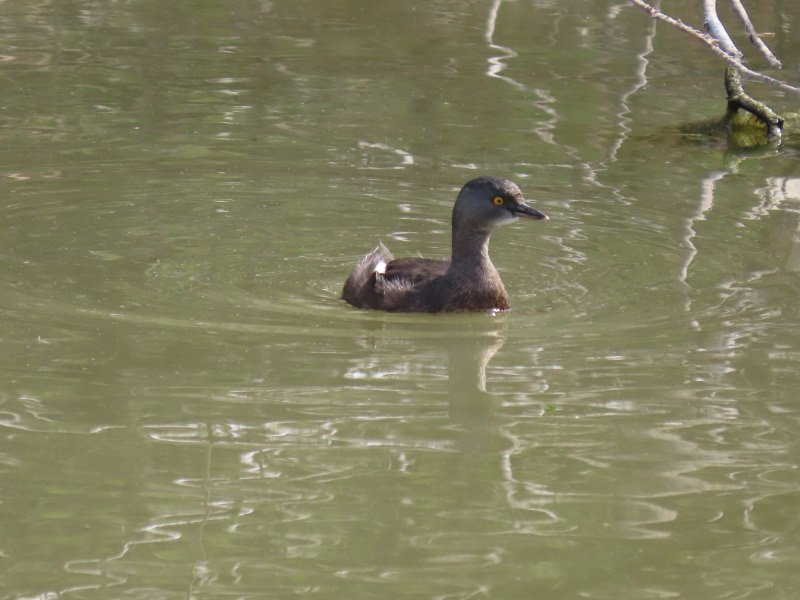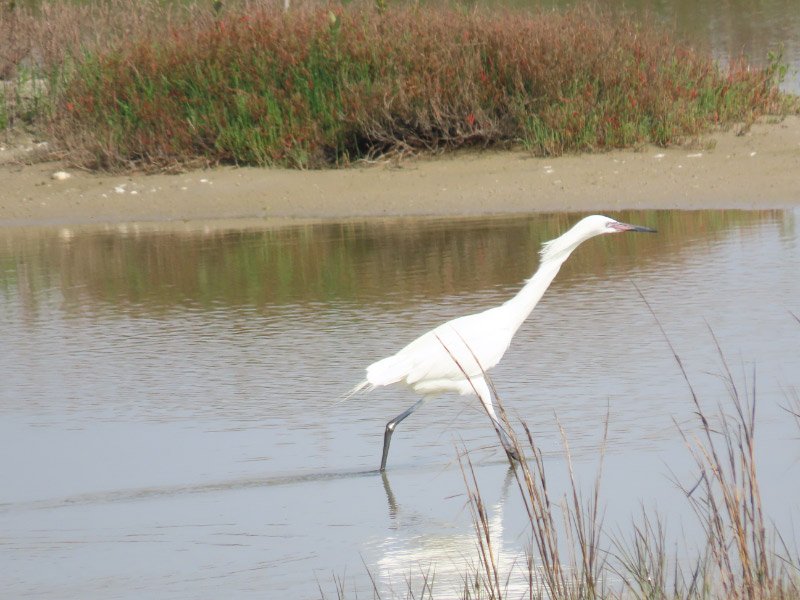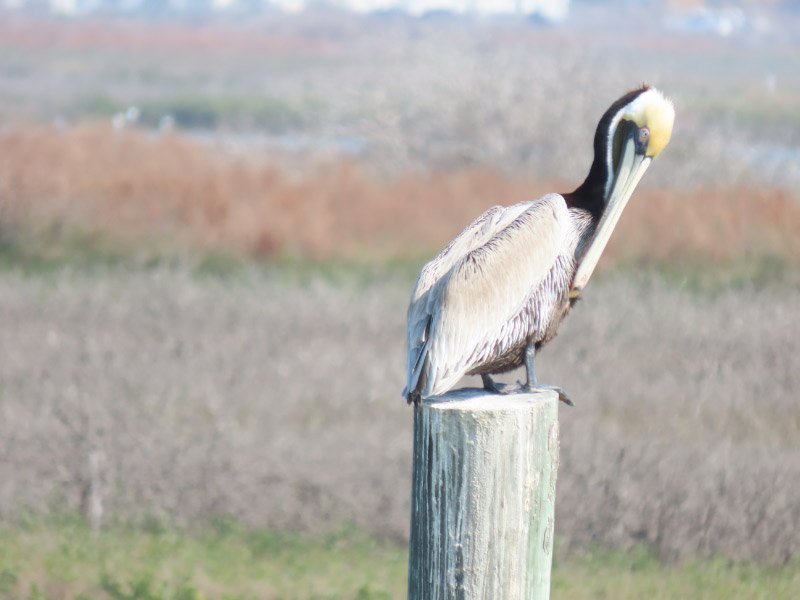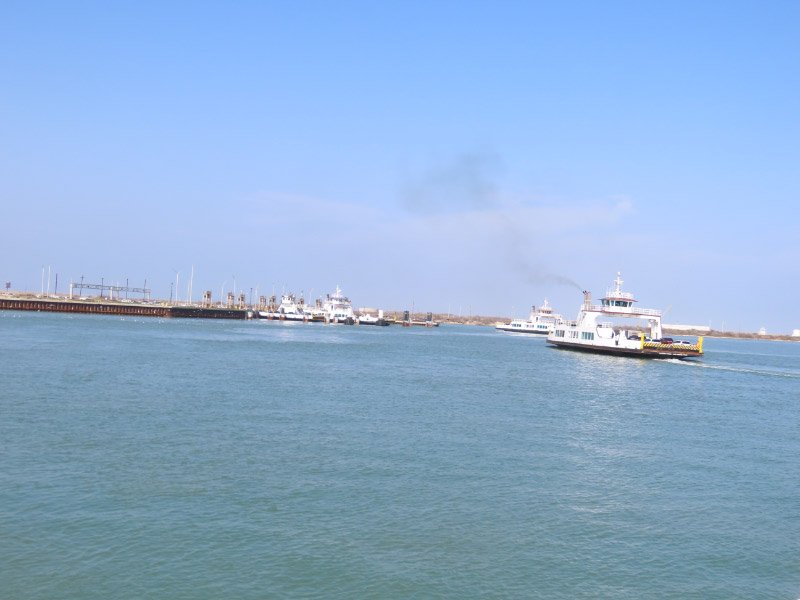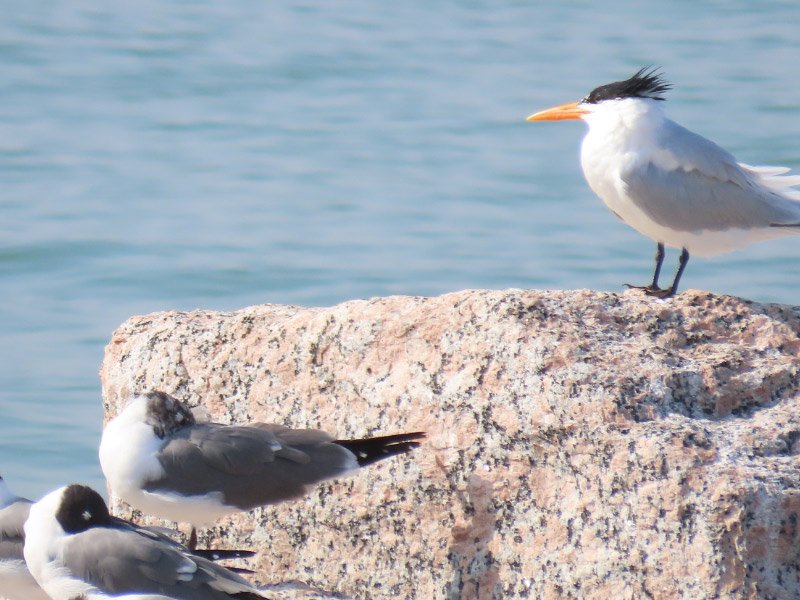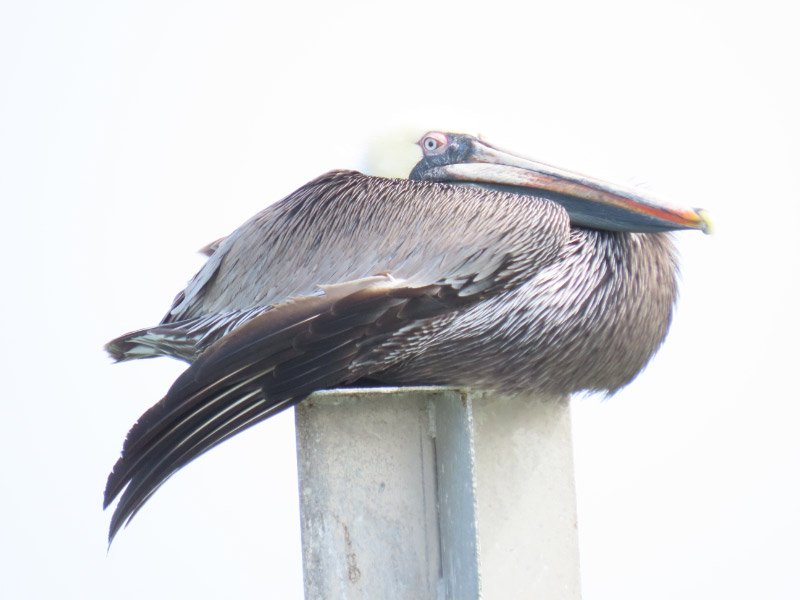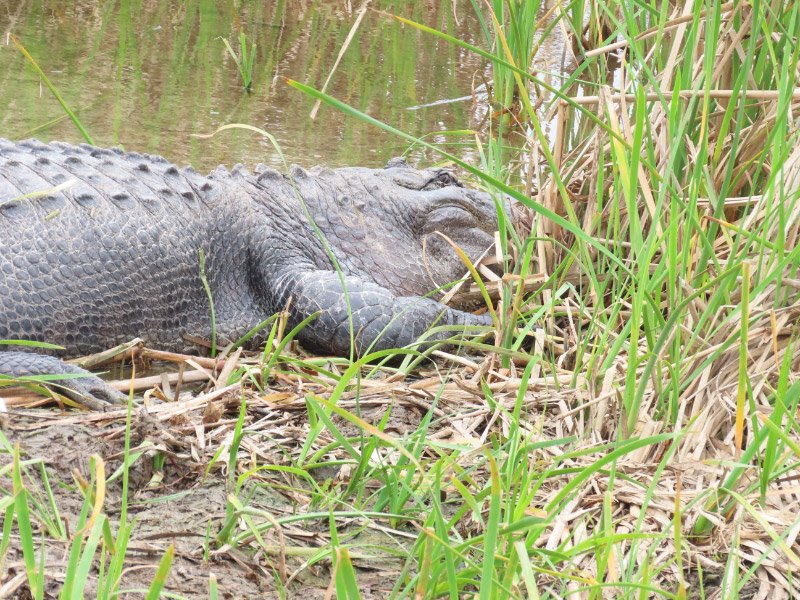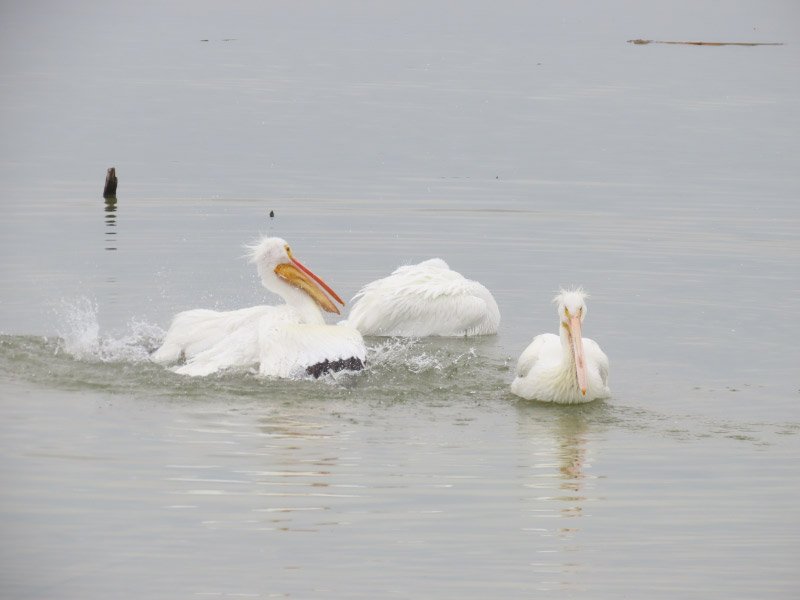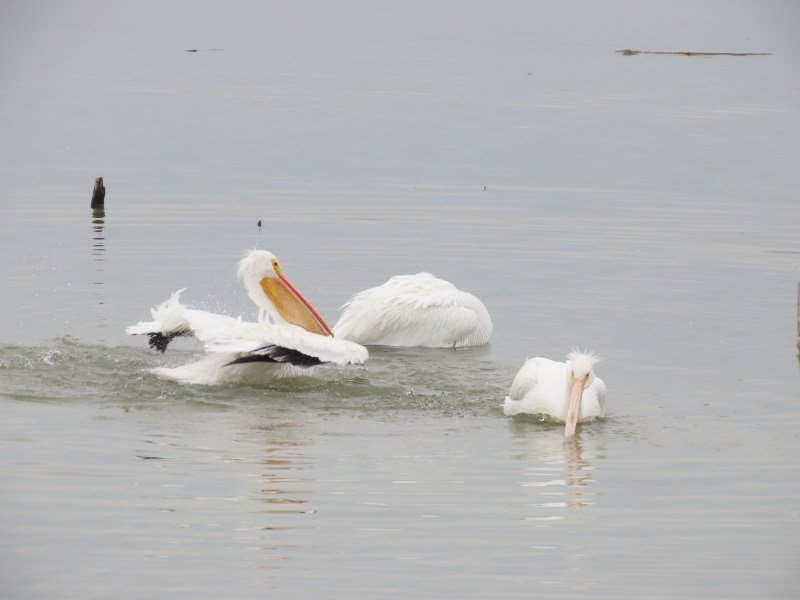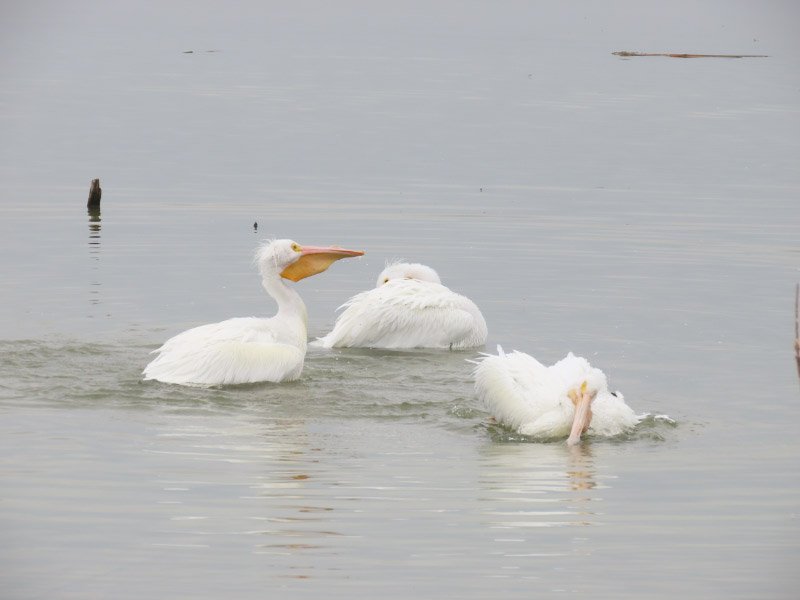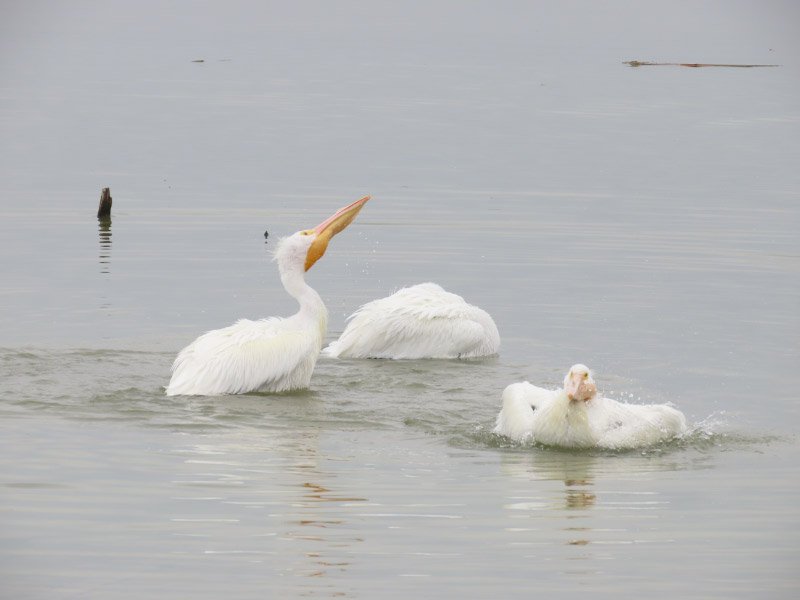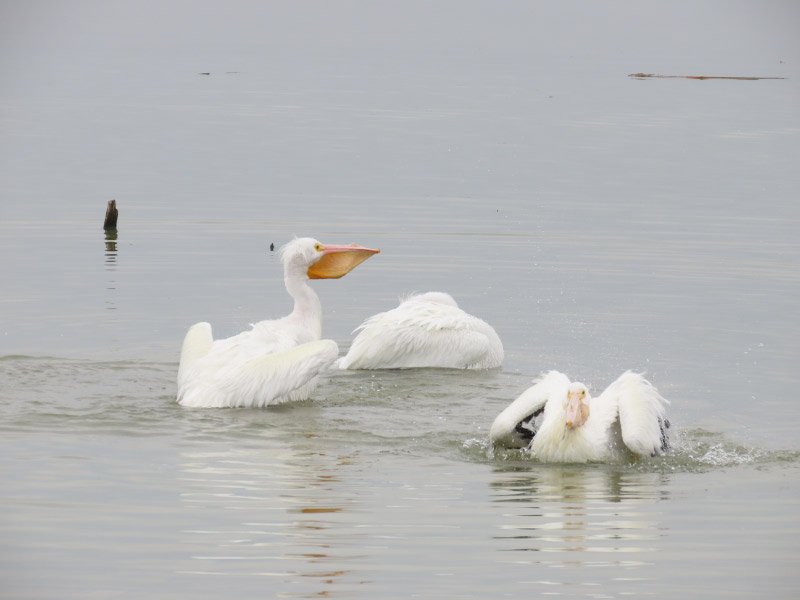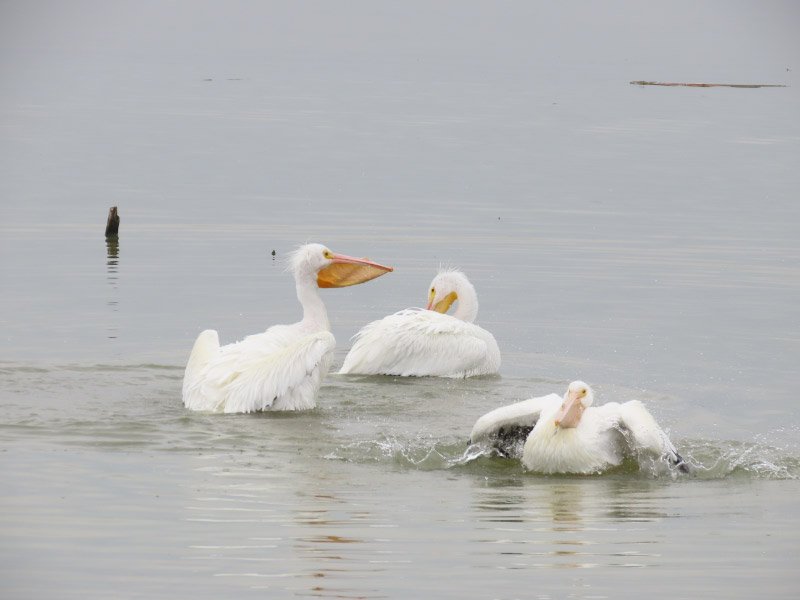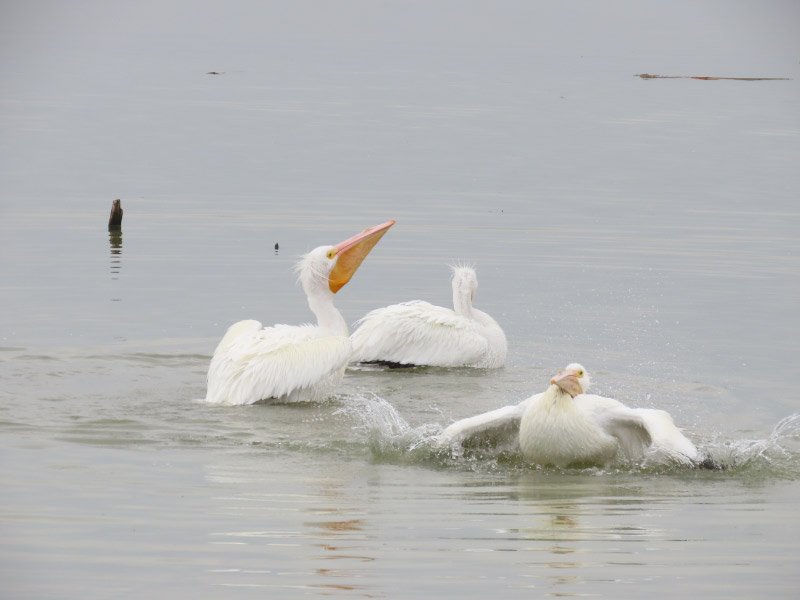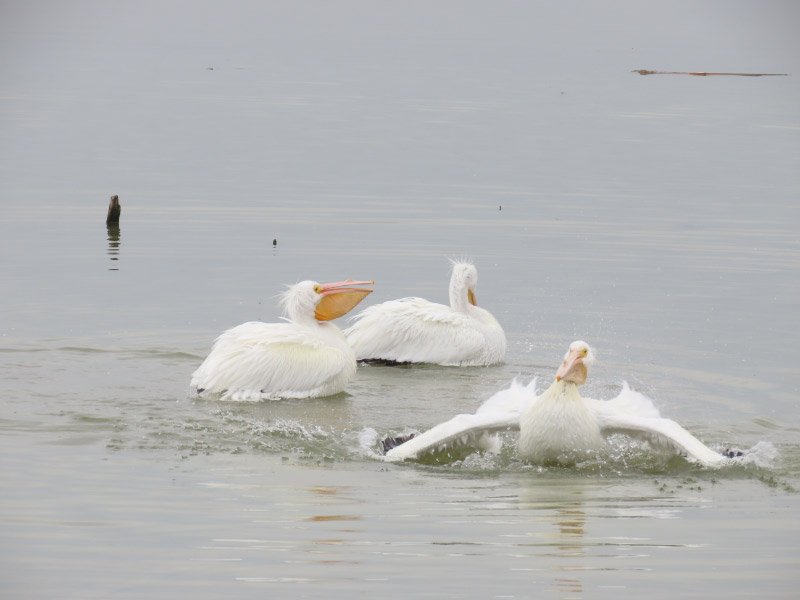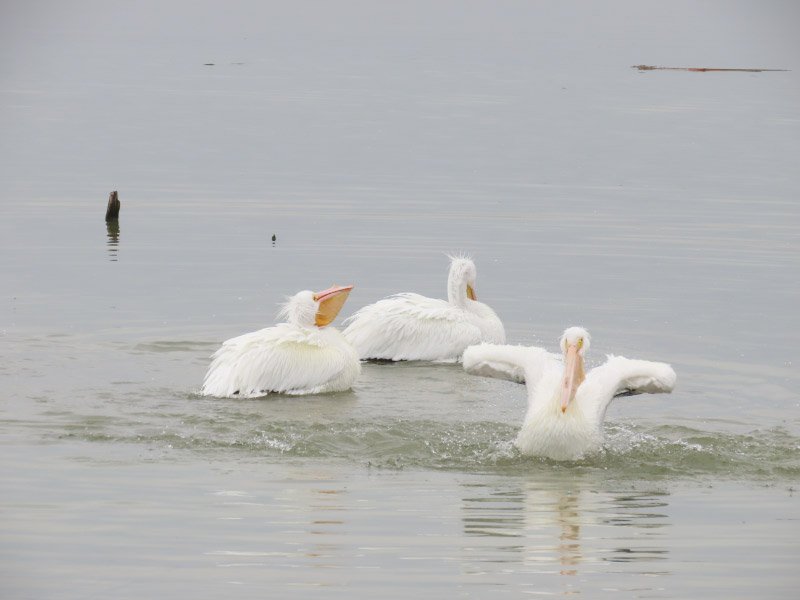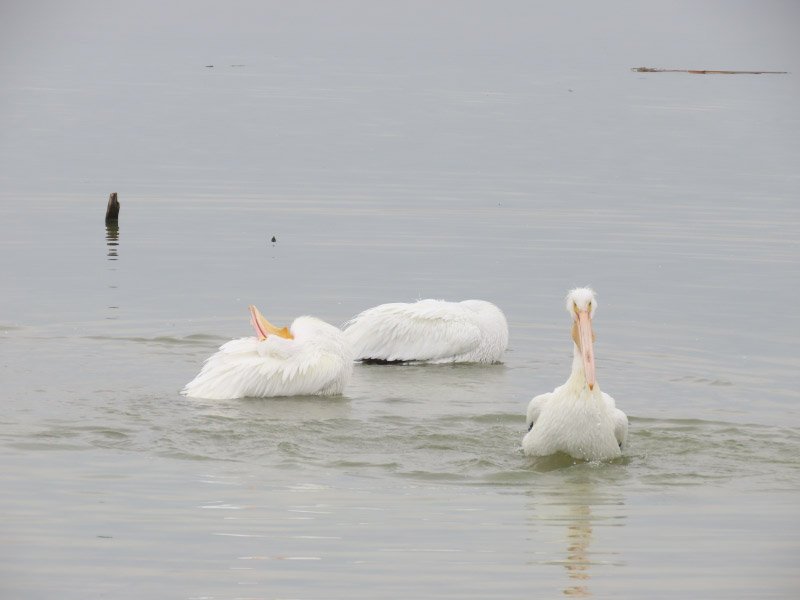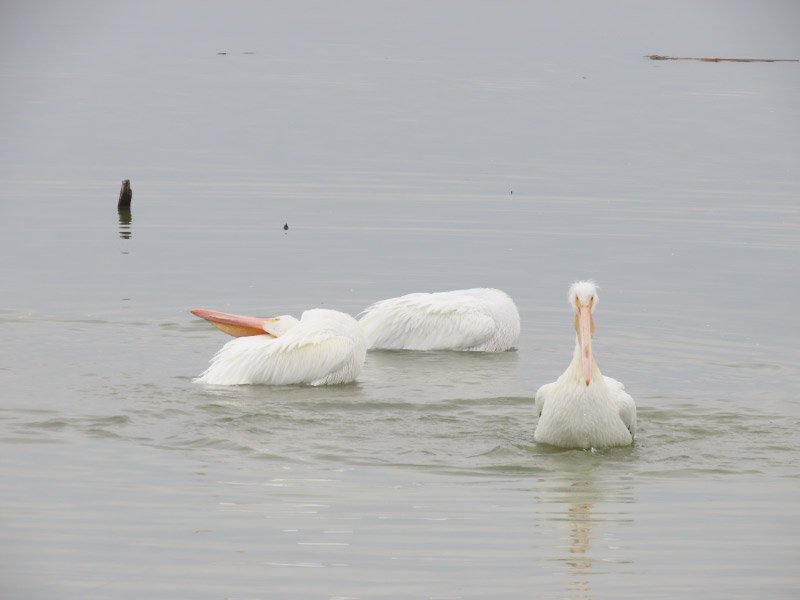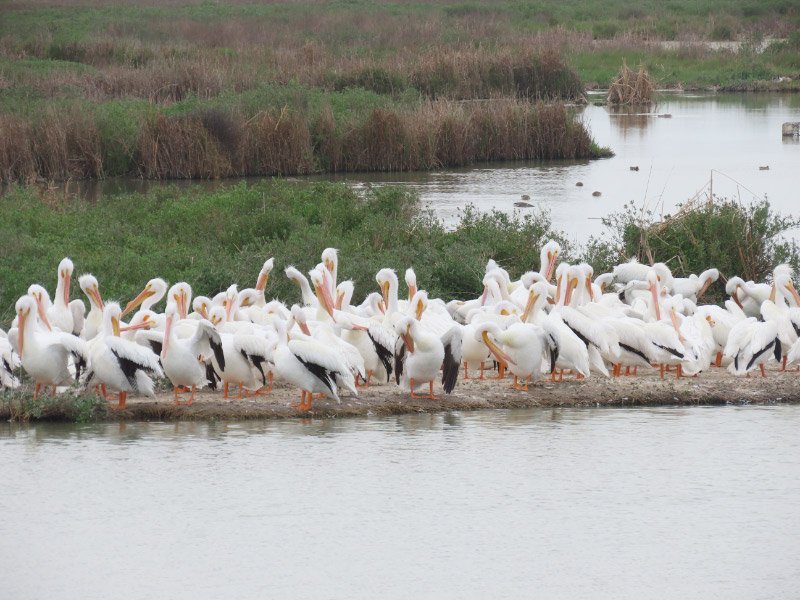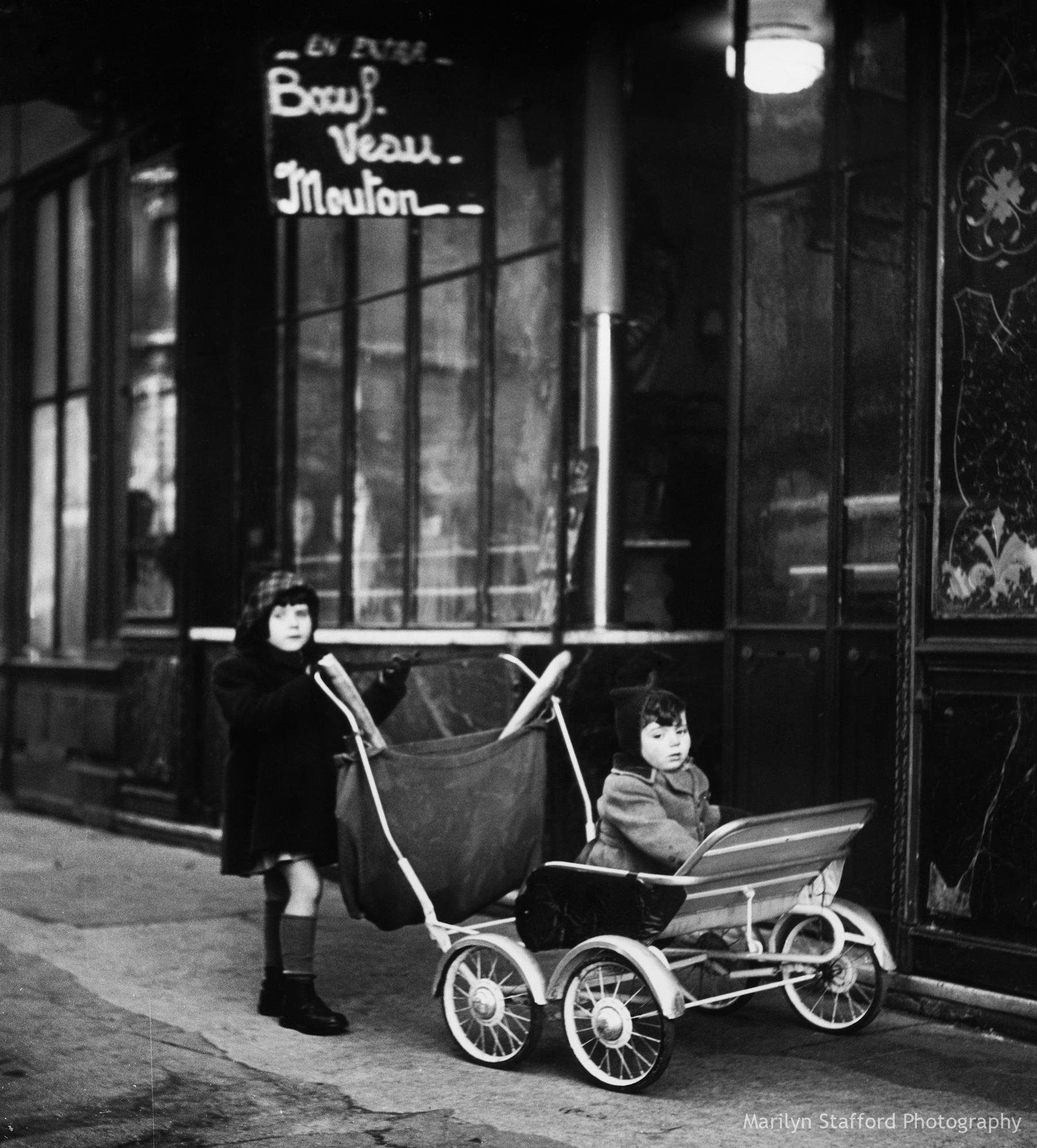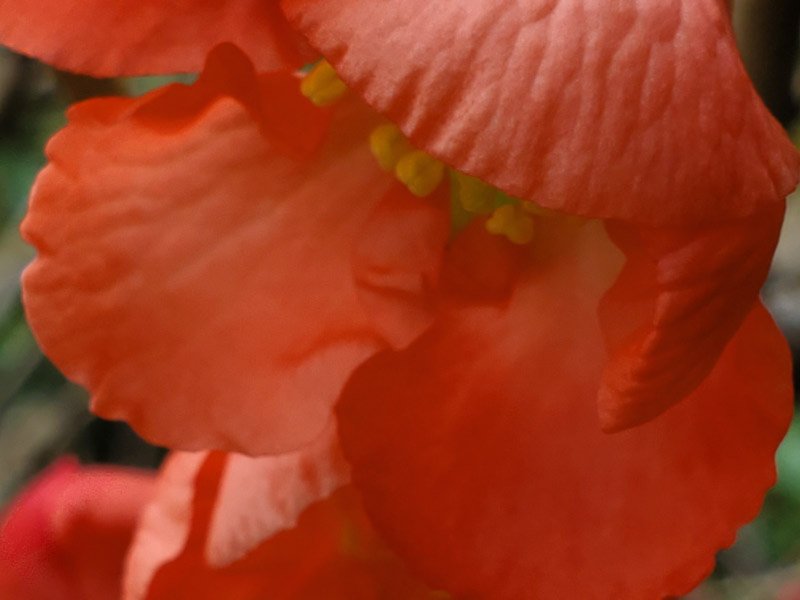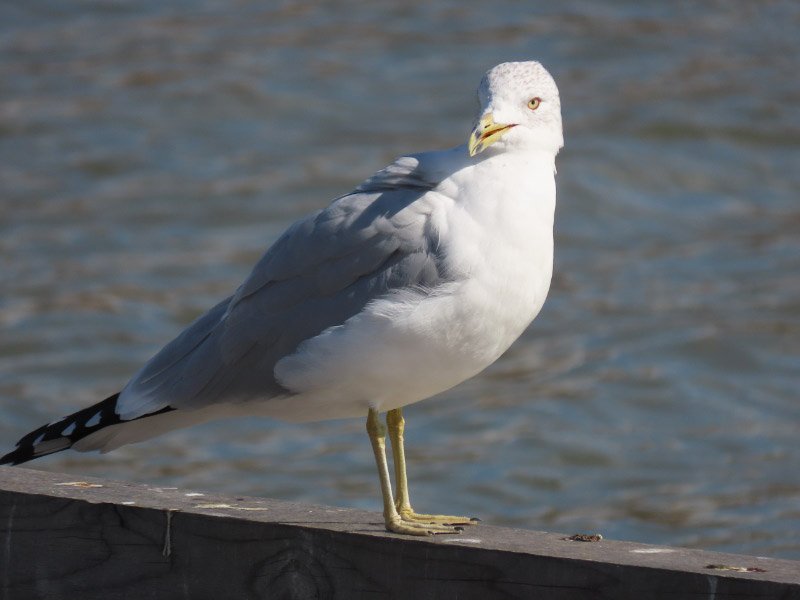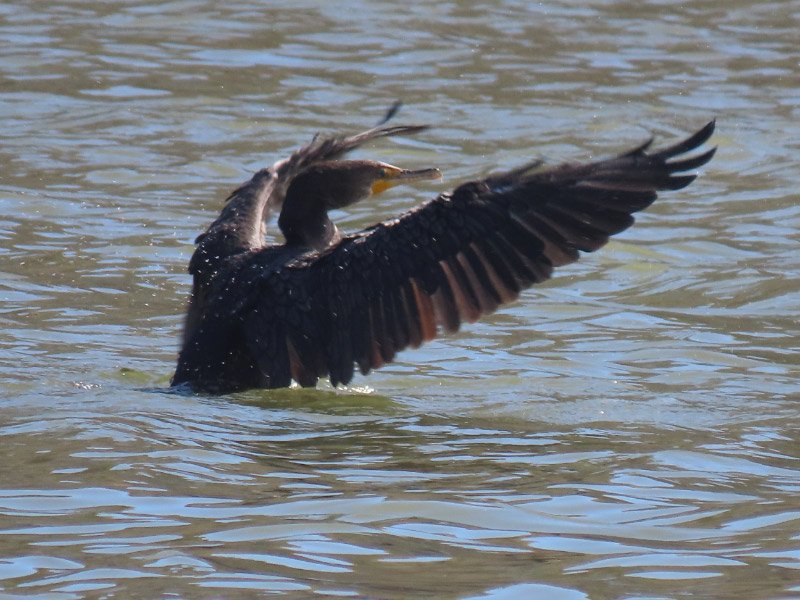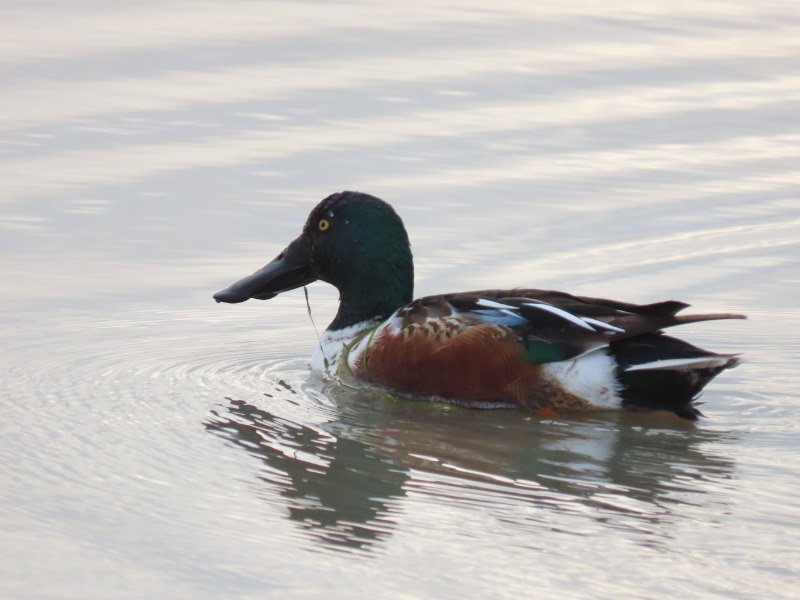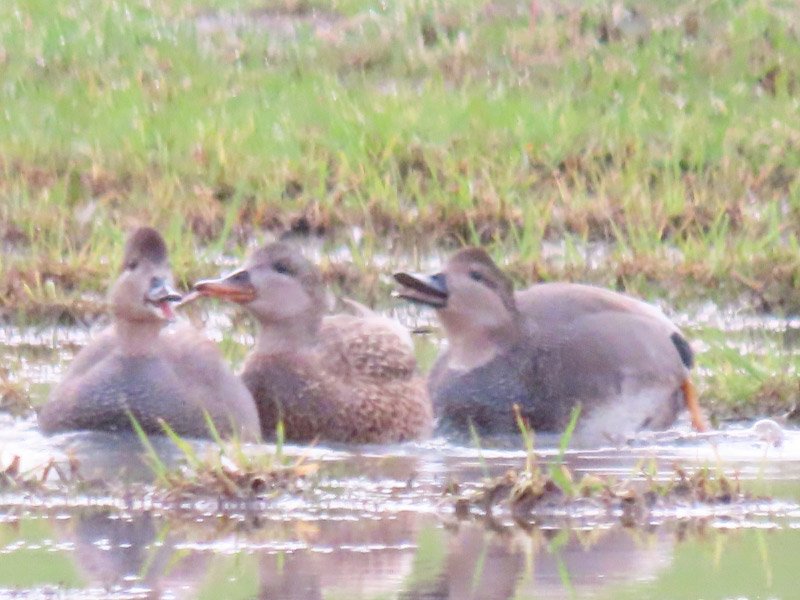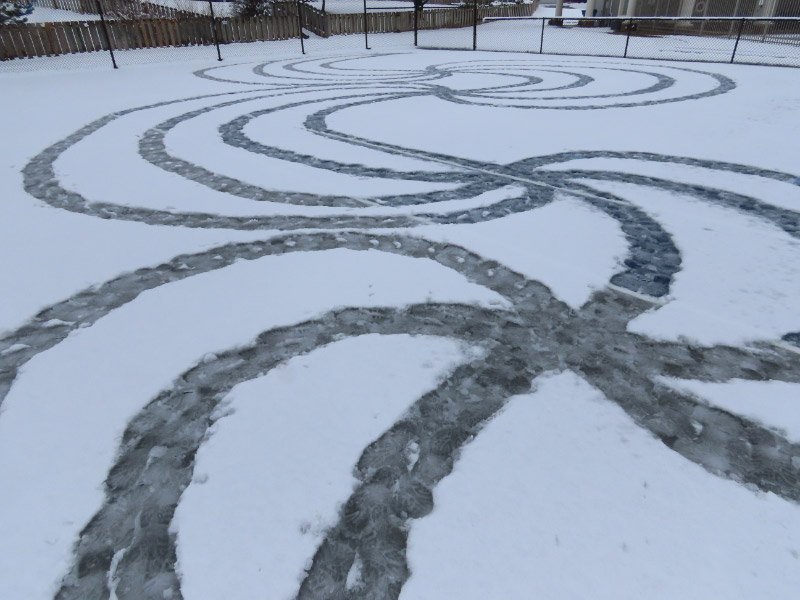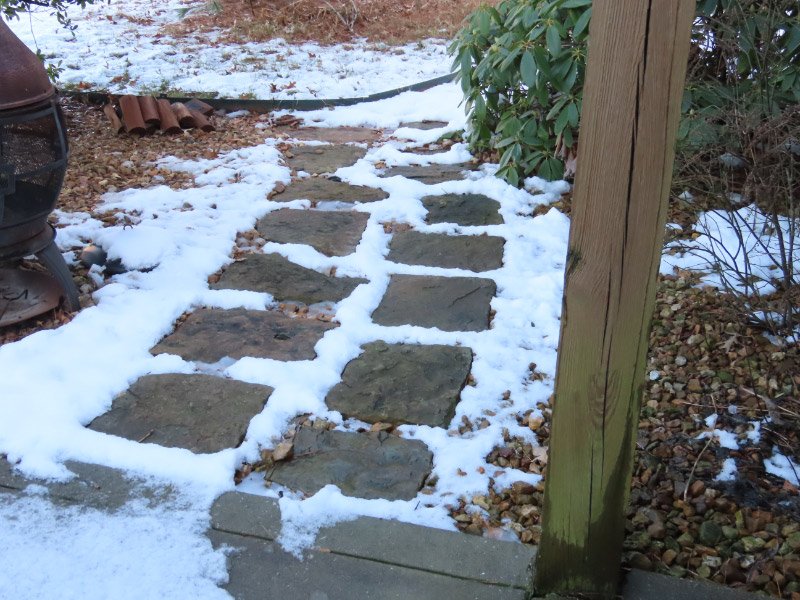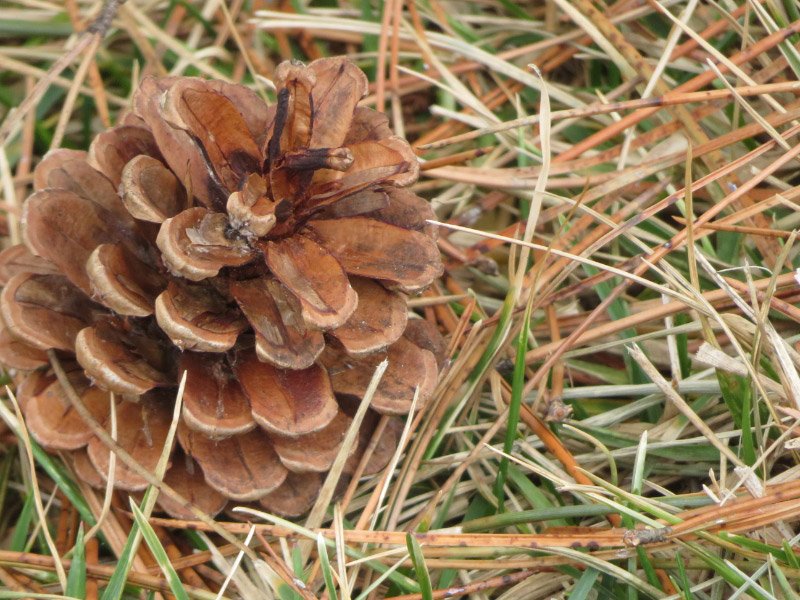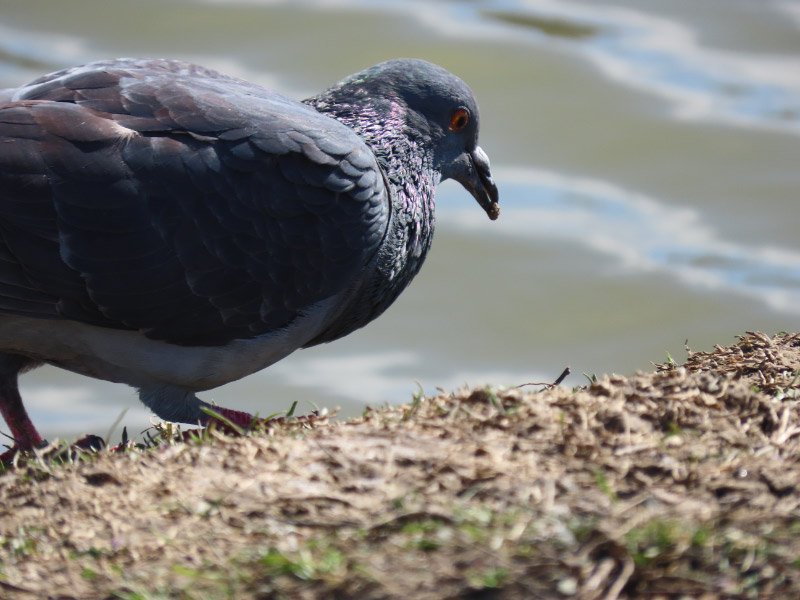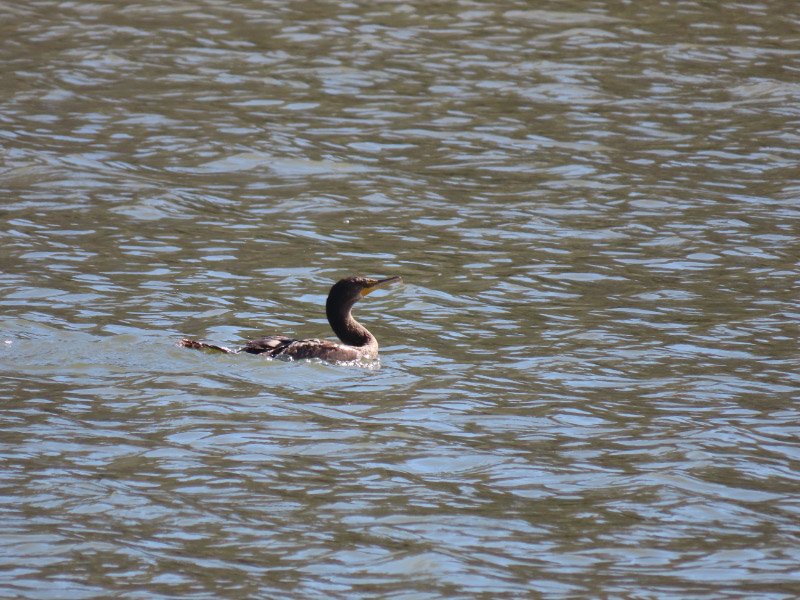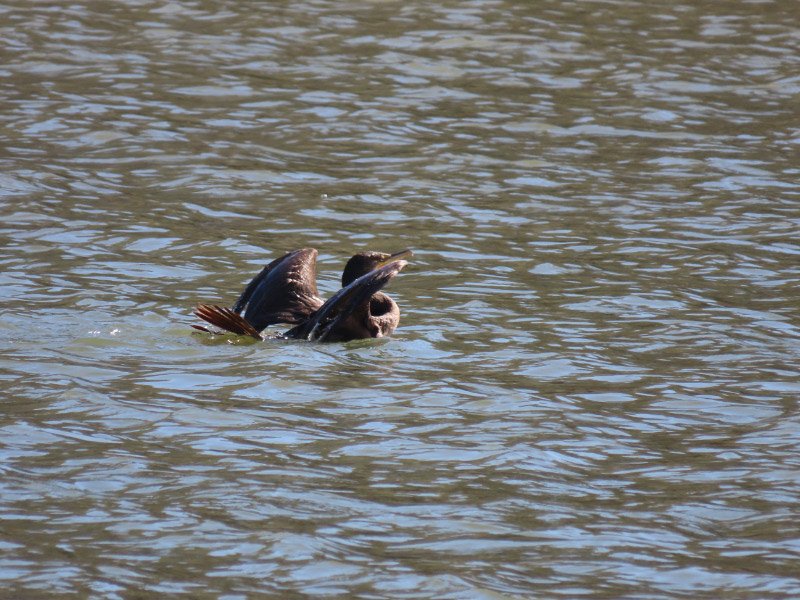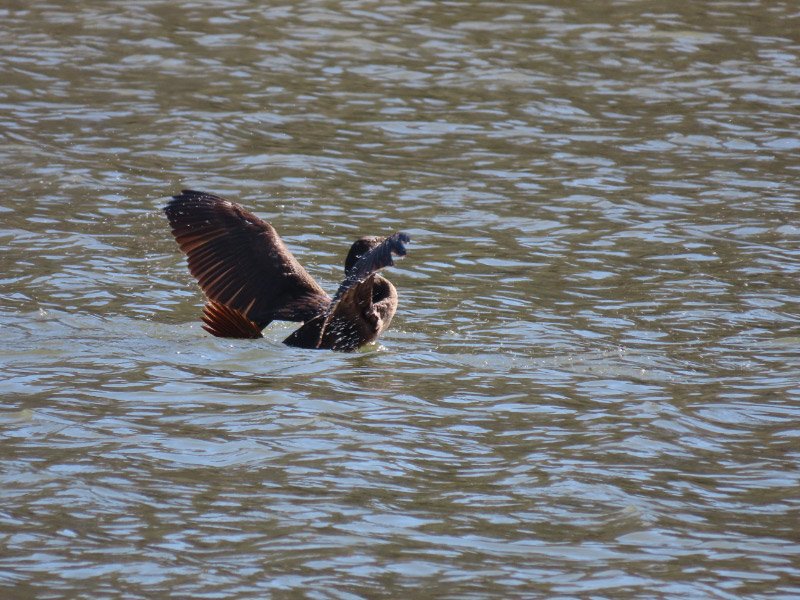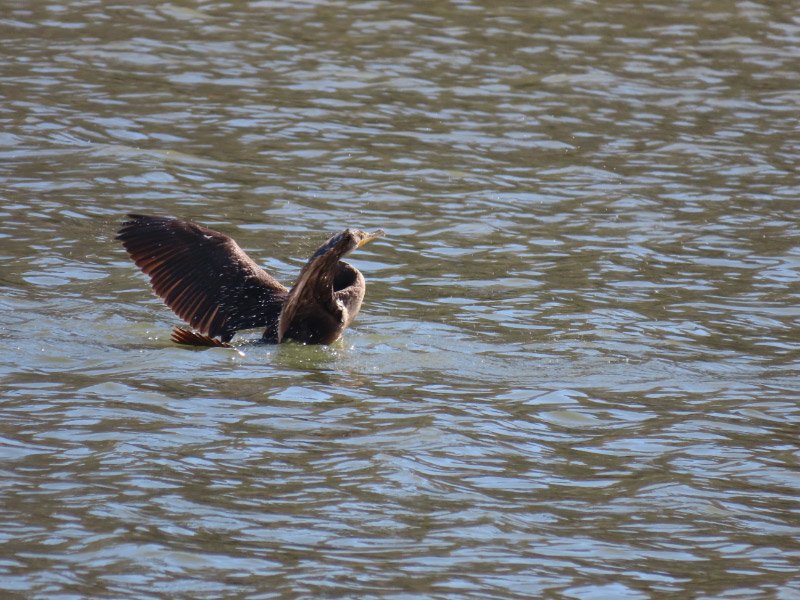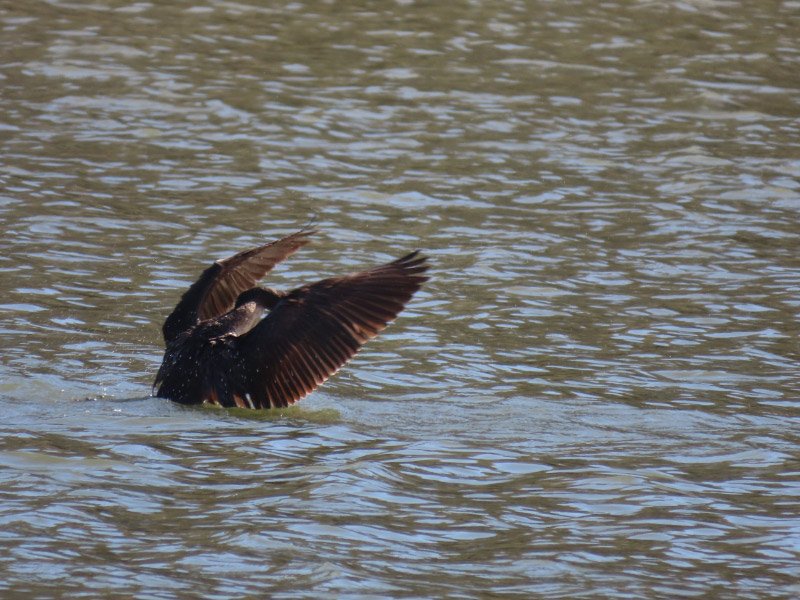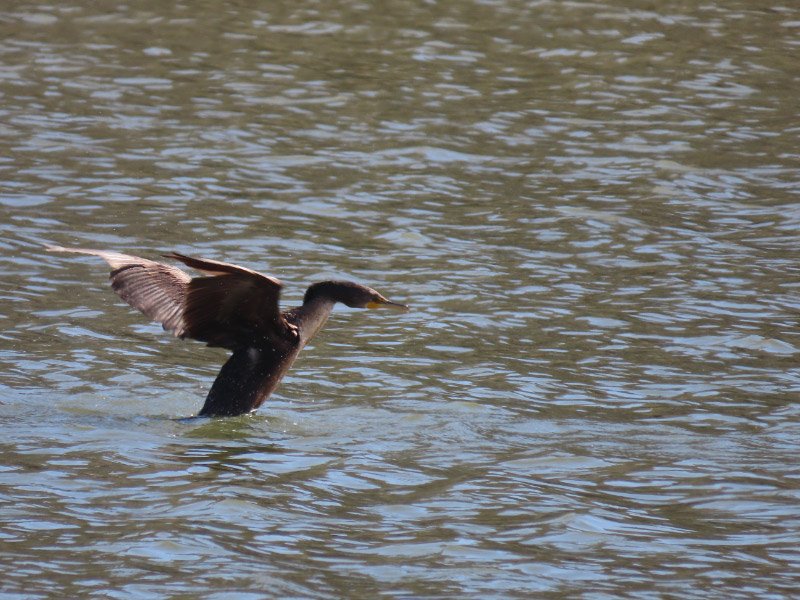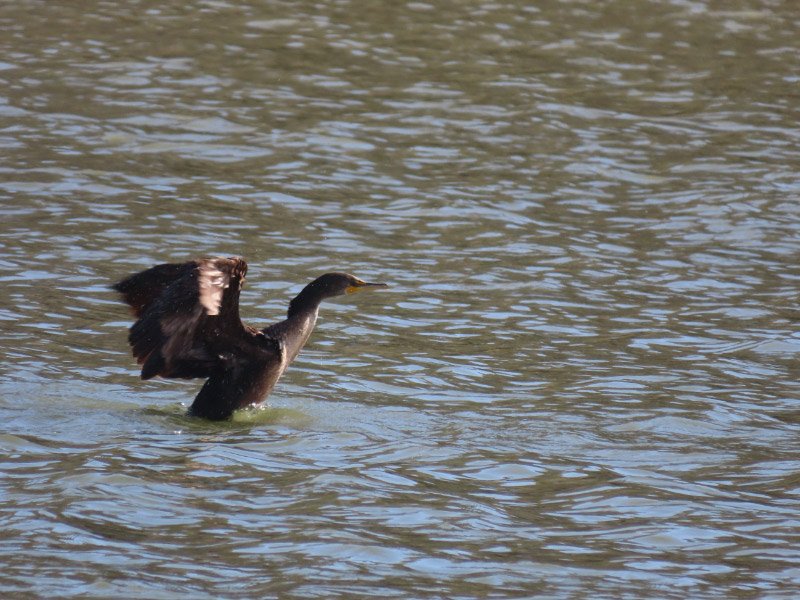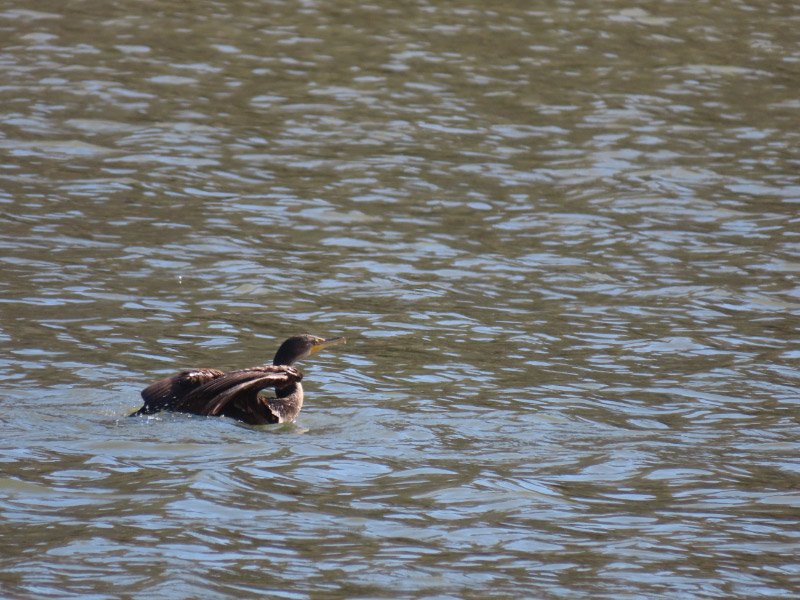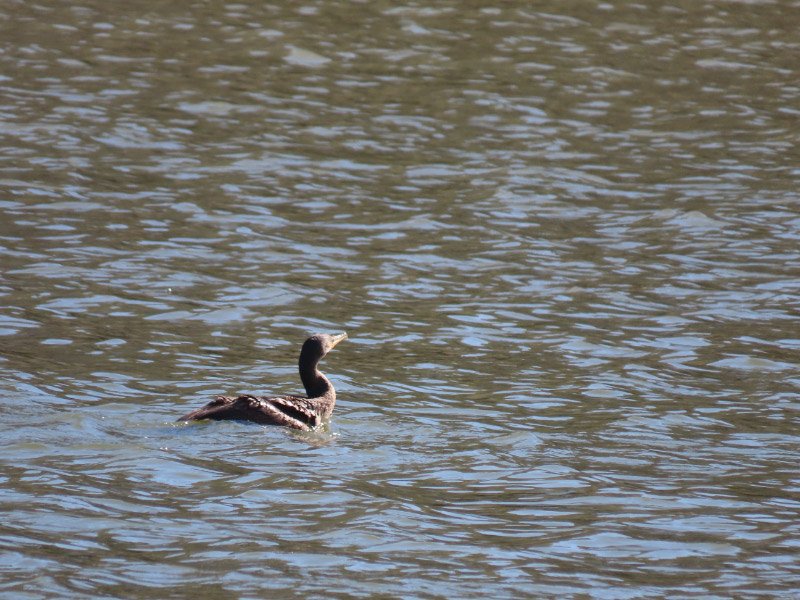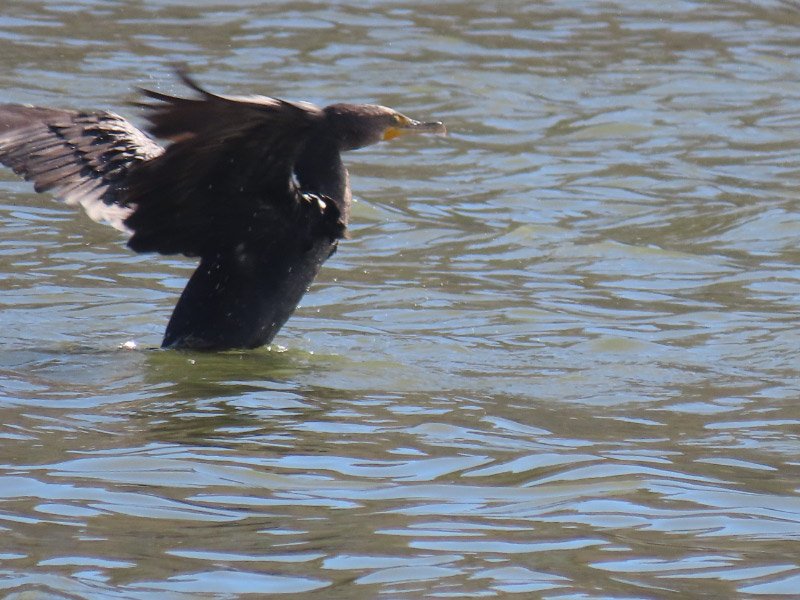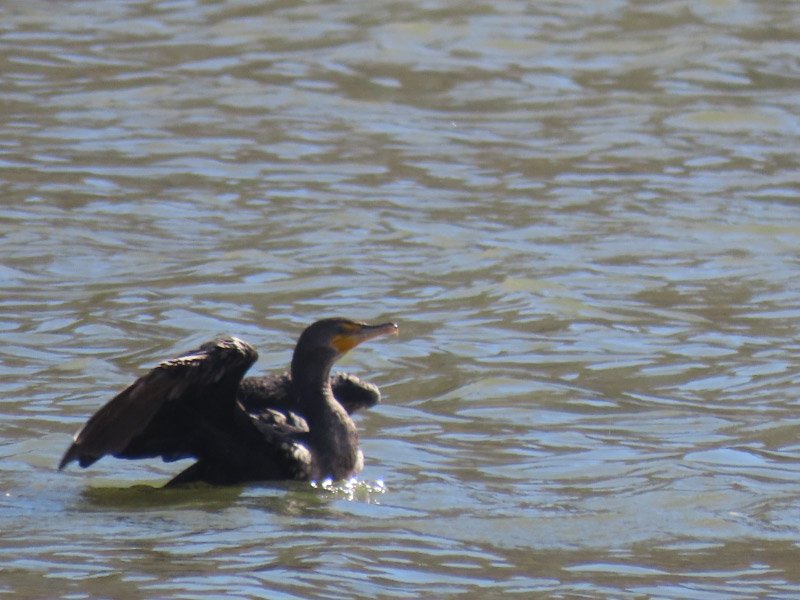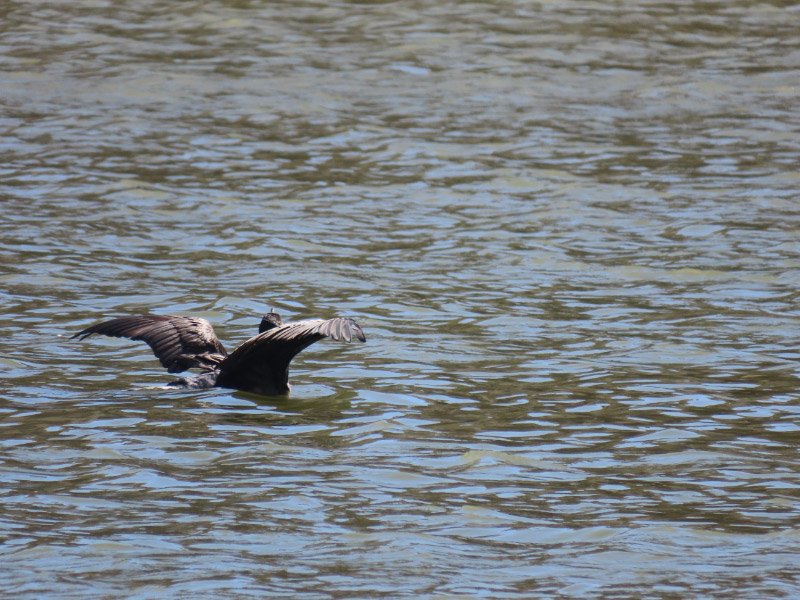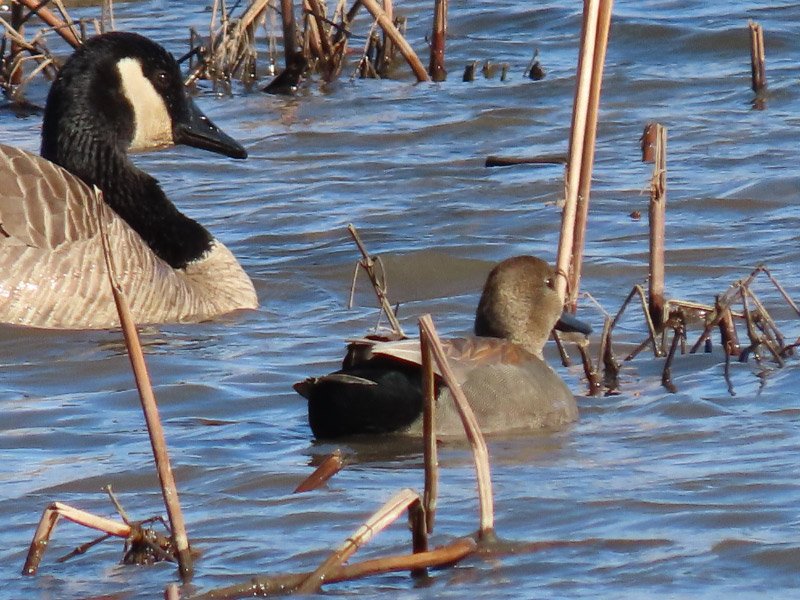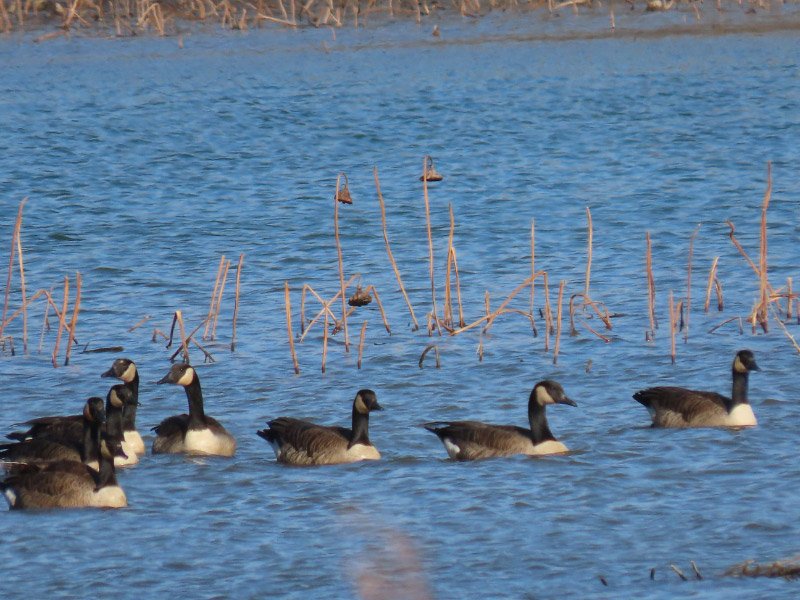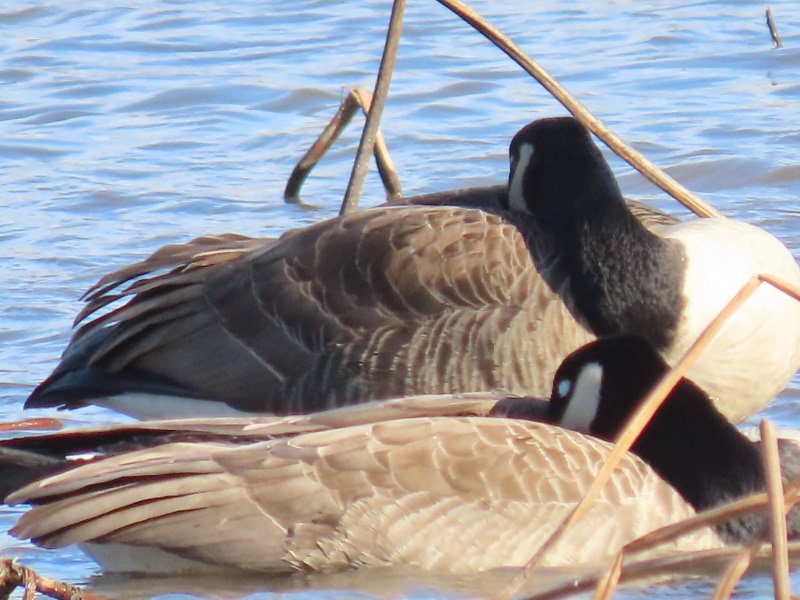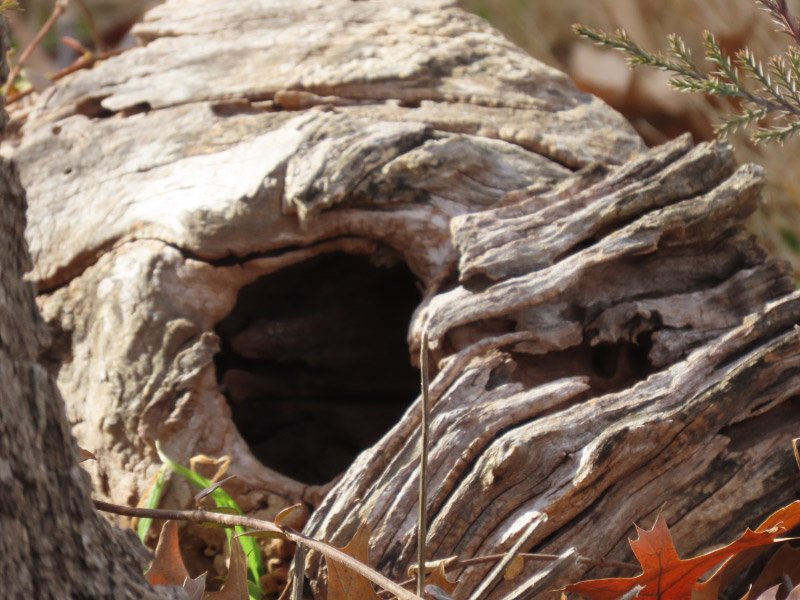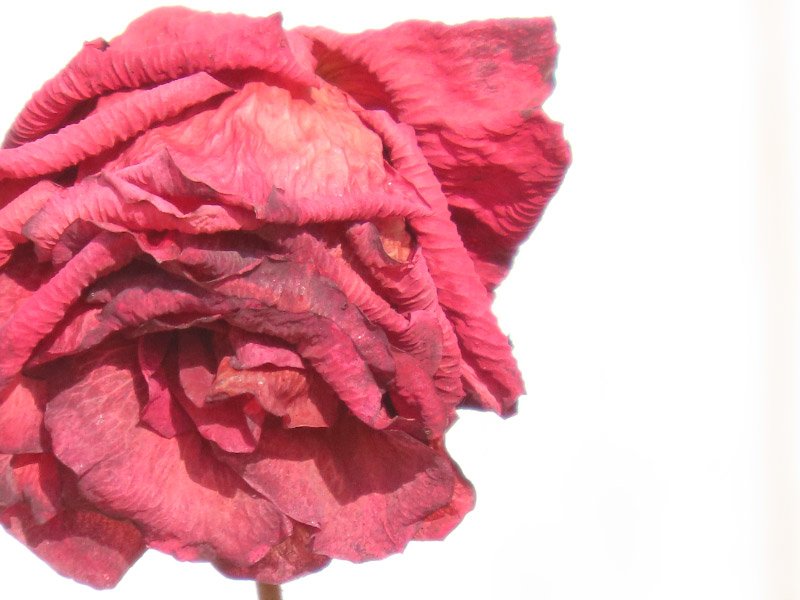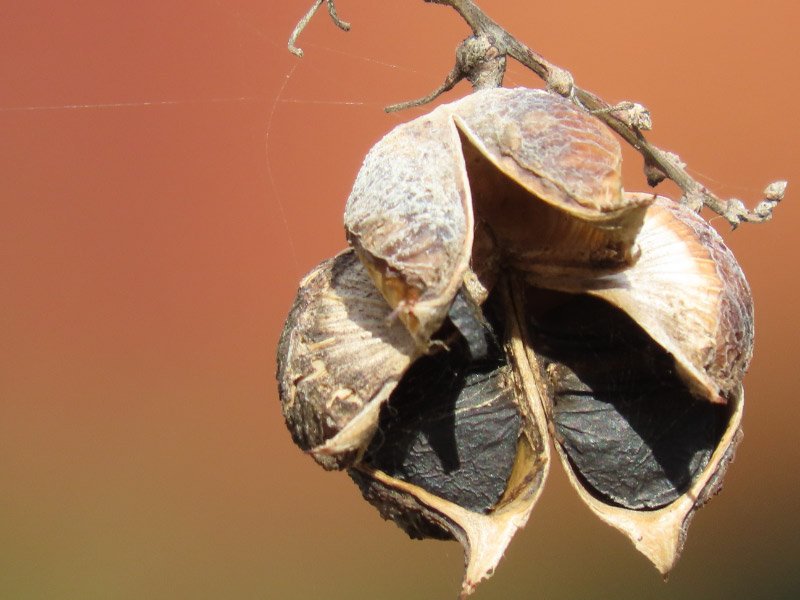King Ranch
/The second day of the Whooping Crane Festival started early; we got on a bus to head to the King Ranch at 6 AM! The King Ranch Visitor Center was a little over an hour from Port Aransas (and we did not take the ferry). By the time we got there the sun was up.
We had a ‘rest stop’ at the visitor center…plenty of time to look around for birds. There were curve-billed thrashers on some prickly pear cactus.
A rufous hummingbird was not bothered by the sudden influx of people. It stayed in place long enough for everyone to get a good look.
Mockingbirds were around too….they are the state bird of Texas.
A golden-fronted woodpecker was spotted. It moved around a lot but there always seemed to be twigs between me and the bird!
Then we did most of our viewing from the bus for a bit since the ranch is so big…and the trip has a limited amount of time. I managed some OK pictures through the windows: a roadrunner and crested caracara….
Longhorn cattle.
We made a stop and saw a group of sandhill cranes in the distance.
Back on the bus…we had been seeing American kestrels all morning and I eventually managed to get an image of one through the bus window…good enough for id but focus not sharp enough.
A group of female wild turkeys moved away as our bus got closer. Later we would see a group of male turkeys.
Another raptor through the bus window…a red-shouldered hawk.
The bus stopped at a water impoundment…and we all got an excellent view of an American Bittern.
There was a feeding station for birds at the next stop. We got good looks at red-winged blackbirds and gold-fronted woodpeckers…
And green jays!
There was a least grebe in the water a little ways down the road.
A snowy egret had caught breakfast.
Green-winged teal, pyrrhuloxia, and American Coots were also enjoying the water.
Alligator!
A Great Egret took off as the alligator headed toward it.
In the distance….Cinnamon teal with blue winged teal and a black necked stilt.
A great kiskadee made an appearance.
A black-crowned night heron is often hard to see in heavy vegetation. I always feel lucky when I finally see it and luckier still to get a photograph.
And the male turkeys were the last birds we saw as we headed back to the visitor center.
My husband and I both enjoyed this field trip…saw a lot of birds that we didn’t see during any of other field trips. It was interesting to learn a little history of the King Ranch as well. We had enough time for a quick lunch before showing up for trip out on a boat in the afternoon.







